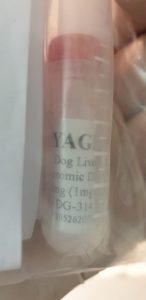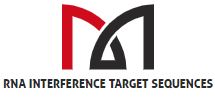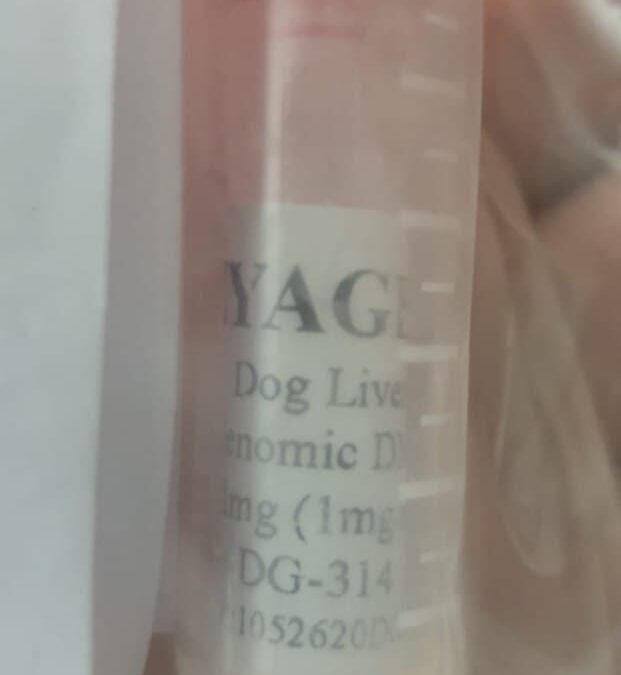Hepatocellular carcinoma (HCC) is the commonest major liver tumor worldwide. Current medical remedy for HCC has restricted efficacy. The current research assessments the speculation that human cerebral endothelial cell-derived exosomes carrying elevated miR-214 (hCEC-Exo-214) can amplify the efficacy of anti-cancer drugs on HCC cells. Treatment of HepG2 and Hep3B cells with hCEC-Exo-214 together with anti-cancer brokers, oxaliplatin or sorafenib, considerably lowered most cancers cell viability and invasion in contrast with monotherapy with both drug. Additionally, the therapeutic impact of the mixture remedy was detected in major tumor cells derived from sufferers with HCC.
The skill of hCEC-Exo-214 in sensitizing HCC cells to anti-cancer drugs was particular, in that mixture remedy didn’t have an effect on the viability and invasion of human liver epithelial cells and non-cancer major cells. Furthermore, in contrast to monotherapy with oxaliplatin and sorafenib, hCEC-Exo-214 together with both drug considerably lowered protein ranges of P-glycoprotein (P-gp) and splicing issue 3B subunit 3 (SF3B3) in HCC cells. P-gp and SF3B3 are amongst miR-214 goal genes and are recognized to mediate drug resistance and most cancers cell proliferation, respectively. In conclusion, the current in vitro research supplies proof that hCEC-Exo-214 considerably enhances the anti-tumor efficacy of oxaliplatin and sorafenib on HCC cells.
Depression is a standard psychological dysfunction that presents a substantial problem for public well being. The pure product geniposide has neuroprotective results on despair, however the underlying mechanism behind these results had remained undefined. The current research was designed to examine the function of microRNAs (miRs) on this mechanism. It studied mice with depression-like habits established by publicity to continual unpredictable gentle stress (CUMS) for two months.
The CUMS mice have been intragastrically fed with geniposide at a dose of 10 ml/kg day by day for 2 consecutive weeks. We monitored the depression-like behaviors of the CUMS mice by the pressured swimming check (FST) and tail suspension check (TST). Then, we measured the cerebral expression of miR-298-5p and NADPH oxidase 1 (Nox1) mRNA within the CUMS mice by the RT-qPCR. The focusing on relationship between miR-298-5p and Nox1 was evaluated by dual-luciferase reporter gene assay. The concentrations of adenosine triphosphate (ATP) and reactive oxygen species (ROS) have been decided by the CellTiter-Glo® and circulation cytometry, respectively.
MicroRNA-130a inhibits proliferation of vascular easy muscle cells by suppressing autophagy through ATG2B
Numerous microRNAs take part in regulating the pathological technique of atherosclerosis. We have discovered miR-130a is without doubt one of the most importantly down-regulated microRNAs in arteriosclerosis obliterans. Our analysis explored the operate of miR-130a in regulating proliferation by controlling autophagy in arteriosclerosis obliterans growth. A Gene Ontology (GO) enrichment evaluation of miR-130a goal genes indicated a correlation between miR-130a and cell proliferation. Thus, cell cycle, CCK-Eight assays and Western blot evaluation have been carried out, and the outcomes indicated that miR-130a overexpression in vascular easy muscle cells (VSMCs) considerably attenuated cell proliferation, which was validated by an in vivo assay in a rat mannequin.
Moreover, autophagy is believed to be concerned within the regulation of proliferation. As our outcomes indicated, miR-130a might inhibit autophagy, and ATG2B was predicted to be a goal of miR-130a. The autophagy inhibition impact of miR-130a overexpression was according to the impact of ATG2B knockdown. The outcomes that ATG2B plasmids and miR-130a mimics have been cotransfected in VSMCs additional confirmed our conclusion. In addition, by utilizing immunohistochemistry, the constructive outcomes of LC3 II/I and ATG2B within the rat mannequin and artery vascular tissues from the affected person have been in accordance with in vitro information. In conclusion, our information exhibit that miR-130a inhibits VSMCs proliferation through ATG2B, which signifies that miR-130a might be a possible therapeutic goal that regulates autophagy in atherosclerosis obliterans.

MicroRNA-365 promotes apoptosis in human melanoma cell A375 handled with hydatid cyst fluid of Echinococcus granulosus sensu stricto
Hydatid cyst fluid (HCF)-based therapeutics has experimentally focused approaches for treating human most cancers cell strains. MicroRNA-365 (miR-365) has been reported to be an essential tumor suppressor miRNA in cancers. However, it stays unknown, how miR-365 performs a pivotal function in inducing apoptosis in HCF-treated most cancers cells in vitro. The fertile/infertile HCF was aspirated from liver of contaminated sheep and when it comes to molecular taxonomy was recognized as G1 genotype of Echinococcus granulosus sensu stricto. A375 human melanoma most cancers cells have been cultured into two teams: fertile and infertile HCF-treated A375 cells. To assess the cytotoxicity of varied concentrations of HCF on melanoma cells, cell viability was decided by utilizing MTT assay.
[Linking template=”default” type=”products” search=”Anti-Human Prox-1″ header=”2″ limit=”143″ start=”1″ showCatalogNumber=”true” showSize=”true” showSupplier=”true” showPrice=”true” showDescription=”true” showAdditionalInformation=”true” showImage=”true” showSchemaMarkup=”true” imageWidth=”” imageHeight=””]
In addition, the mRNA expression of Bax, Bcl-2, Caspase-9 and miR-365 have been decided by qRT-PCR. Findings of MTT assay confirmed that concentrations 85 μg/mL to 100 μg/mL of fertile HCF have the very best mortality (50%-52%) on A375 cells throughout 24 h. The fold change of Bax/Bcl-2 ratio, Caspase-9, miR-365 and Caspase-Three exercise was greater within the fertile HCF-treated melanoma cells in contrast to infertile fluid handled A375 cells and human regular epithelial cell (as management cell). The IC50 worth of HCF on A375 cells was decided 85 μg/mL. Caspase-Three enzymatic exercise was evaluated by fluorometric assay within the HCF-treated melanoma cells.
In conclusion, we over-expressed the miR-365 in melanoma A375 cells, through therapy of fertile HCF. Our findings instructed that inducing excessive expression of miR-365 is perhaps a destructive regulator of melanoma development by means of activation of pro-apoptotic Bax, Caspase-9 and Caspase-Three which might be important to intrinsic apoptotic pathway. These findings present new insights into using Echinococcus HCF-derived metabolites within the design of drug therapies and in vivo tumor cell vaccine to fight melanoma development.

